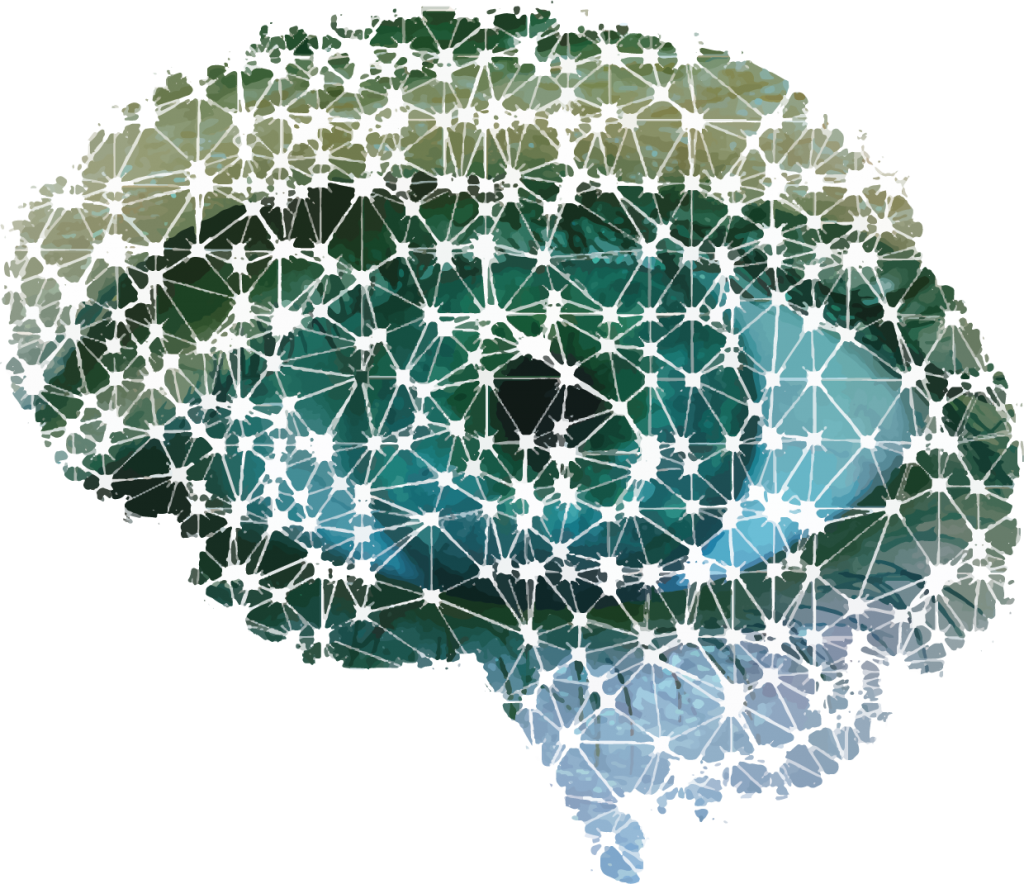Deep Learning: The interest is more than latent


Credit: Manomotion
As we noted a few weeks back, AI is seeping into enterprise software. It has gotten to the point where features like smart recommendation systems for next-best actions or offers; behavior prediction for customers; guarding against cyberattacks; or prescriptive analytics for preventing unplanned downtime are becoming checkbox items. When embedded into off-the-shelf applications, enterprises often don't have to train specialists to reap tangible benefits of from AI.
But increasingly, when it comes to AI, enterprises are getting hungry to take the law into their own hands, while computer science graduates want to put machine learning or deep learning on their resumes. The growing array of cloud services that are making machine learning accessible to non-PhD developers, like Amazon SageMaker, Microsoft Azure Machine Learning Studio, and Google Cloud AutoML would not be proliferating if the demand weren't there.
Admittedly, most of the action to date has been about machine learning, where the algorithms, in effect, parse data to detect patterns that lead to predictions or some form of clustering or classification analysis. But there's also increasing noises at the deep end of the pool. Before IBM broadened the Watson brand to encompass all forms of AI, it stood for a cognitive computing approach that was to simulate human reasoning. Other forms of deep learning are a bit less ambitious, if you consider text mining or image recognition to be more elementary problems compared to deciphering patterns like the human mind.
But as the name implies, deep learning is a far more complex form of AI as it typically requires some form of neural network that applies machine learning on steroids. To some extent, the neural networks replicate, as the term implies, the interconnected networks of the brain. But the artificial version have more defined layers and connections compared to human brains, where any neuron can connect to any other.
Suffice it to say that developing deep learning applications is a far more complex undertaking compared to machine learning. Commercially, deep learning services today only scratch the surface with the possibilities, encompassing applications like image analysis, language translation, or text mining.
O'Reilly Media has just released a survey looking at the state of enterprise adoption for deep learning. What's surprising is the degree of adoption, with 28% of respondents already embarking on deep learning projects, and 73% reporting at least some experimentation with deep learning algorithms. Given the ready availability of open source frameworks and open data sources, the only investment that professionals (and companies) need for getting their feet wet is time and maybe petty cash spend for on-demand cloud compute cycles. In fact, 70% of respondents consider the cloud to be "important" to building deep learning applications.
But to level set, as the sample was drawn from 3300+ subscribers to O'Reilly's AI, data, and programming newsletters that chose to participate in an online survey, it is probably a more advanced cohort compared to the general enterprise IT population. So maybe it's not surprising that the sample was quite bullish, with a majority (54%) expecting that deep learning would play a key role in future projects in their organizations.
But reality is going to bite someplace, and here, not surprisingly, it's with the availability of skills. It was cited as the chief bottleneck. But the proportion was surprisingly modest: only 20% cited lack of skills as a bottleneck. Again, we believe it's an artifact of the sample. This is an audience that is already trying to be in the loop for innovation. And reflecting that, a large proportion indicated reliance on training to get their staff up to speed; nearly half (49%) cited on-the-job training (meaning, they expect to rely at least in part on non-PhDs), while 21% are putting money where their mouths are by budgeting for formal training.
Even as higher education programs are responding to market demand by ramping up programs that are turning out more data science graduates, the nature of the beast is that degreed skills will remain in short supply
Here, history probably won't repeat itself. During the dot com boom, there was a shortage of Java programmers; with the laws of supply and demand, more got trained, but then there was the dot com bust that turned the shortage of Java programmers into a surplus. The difference this time is that AI is not just a matter of having programming skills; it requires more domain knowledge plus understanding and creativity to identify and map the right algorithms to the job.
The fact that on-the-job training is a reality with almost half the respondents indicates that demand for deep learning skills will spill over to the application and database developers that are the mainstream of enterprise IT. We asked one of the study authors, Ben Lorica, chief data scientist at O'Reilly, as to the skills that such developers need. It would require knowledge of how to interpret results of deep learning models, combined with some domain knowledge. But the complexities of designing deep learning networks will still demand adult supervision. We won't be able to turn the deep learning asylum over to the inmates for a long time to come.